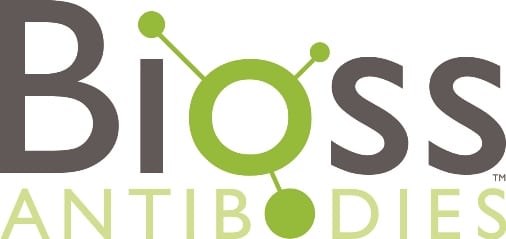Proteomics has become an effective tool for investigating plant functional genomics, allowing for the detection of post-transcriptional modifications. Two-dimensional gel electrophoresis (2-DE) has been a successful method for studying complex gene expression at the protein level. However, sample preparation for high-quality proteomic analysis can be difficult, especially when the proteins come from plant tissues that contain abundant metabolites and fewer proteins.
How to rapidly extract proteins from recalcitrant plant tissues
Given that the method of protein extraction used for plant samples can significantly affect the subsequent experimental results, we introduce here a rapid and universally applicable protocol for protein extraction from recalcitrant tissues, which is effective for the extraction of proteins from a variety of plant species. The protocol was created to quickly handle small amounts of tissue samples within an hour using microtubes. It can be increased in scale to handle more sizeable samples, such as 1 to 5 grams of tissue samples in 30 to 50 mL centrifugation tubes.
Protocol:
- Grind samples in the presence of liquid nitrogen. It is critical to make samples a fine powder for effective protein extraction.
- Transfer the powder (0.1~0.4g) into a 2ml Eppendorf tube, then fill the tube with 10% TCA/Acetone (Prepare by adding 10ml of 100% (w/v) Trichloroacetic acid to 90 ml acetone and mixing and prechilled at -20 °C).
- Mix well by vortexing or inversion, then centrifuge at 16,000g for 3 min at 4 °
- Remove the supernatant by careful pipetting and fill the tube with 80% methanol containing 0.1M ammonium acetate (prechilled at -20 °C).
- Mix well by vortexing or inversion, then centrifuge at 16,000g for 3 min at 4 °
- Discard the supernatant and air-dry the samples at 37 °C to remove residual acetone.
- Add 0.5 ml / 0.1 g sample of 1: 1 Tris–saturated phenol (PH 8.0) / SDS buffer (30% sucrose, 2% SDS, 0.1 M Tris-Cl, 5% β-mercaptoethanol, and 1 mM PMSF, pH 8.0). Mix thoroughly and incubate the mixture for 5 min.
- Centrifuge at 16,000g for 3 min at RT, then transfer the upper phenol phase into a new 2 ml Eppendorf tube.
- Fill the tube with methanol containing 0.1M ammonium acetate and store at -20 °C for 10 min to overnight.
- Centrifuge at 16,000g for 5 min at 4 °C, then discard the supernatant carefully.
- Suspend the white pellet (precipitated proteins) with 100% methanol (prechilled at -20 °C) and wash by inversions.
- Centrifuge at 16,000g for 1 min at 4 °C, then discard the supernatant and let the pellet air-dry briefly.
- Suspend the white pellet (precipitated proteins) with 80% methanol (prechilled at -20 °C) and wash by inversions.
- Centrifuge at 16,000g for 1 min at 4 °C, then discard the supernatant and let the pellet air-dry at RT.
- Dissolve the proteins in a buffer of choice for designed analyses.
The use of a phenol/SDS mixture for protein extraction is more efficient than using either one of the buffers alone. This method has been employed successfully on a range of leaves and fruits and is a great choice for extracting proteins from delicate plants rapidly. This makes it a perfect choice for regular proteomic analysis.
